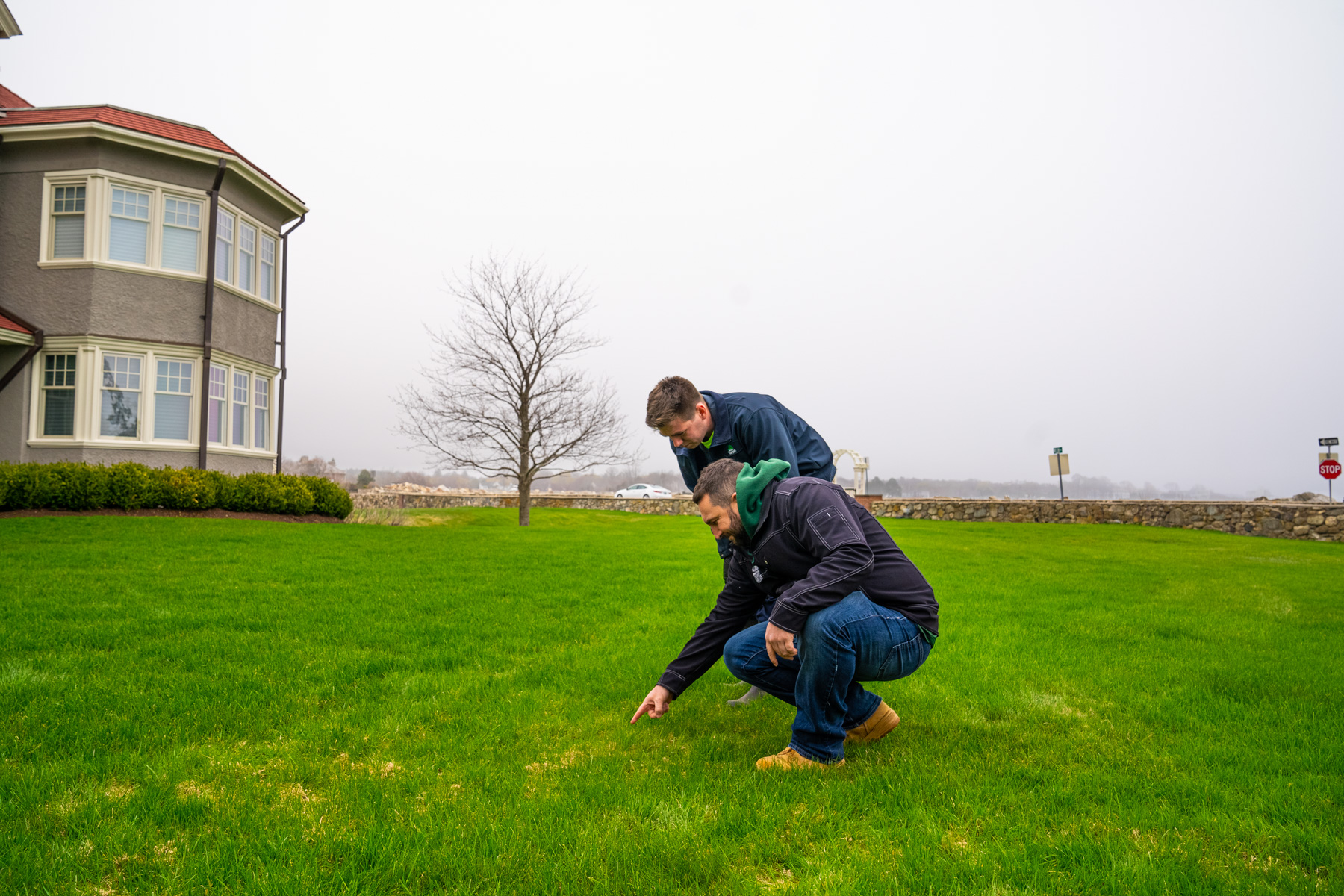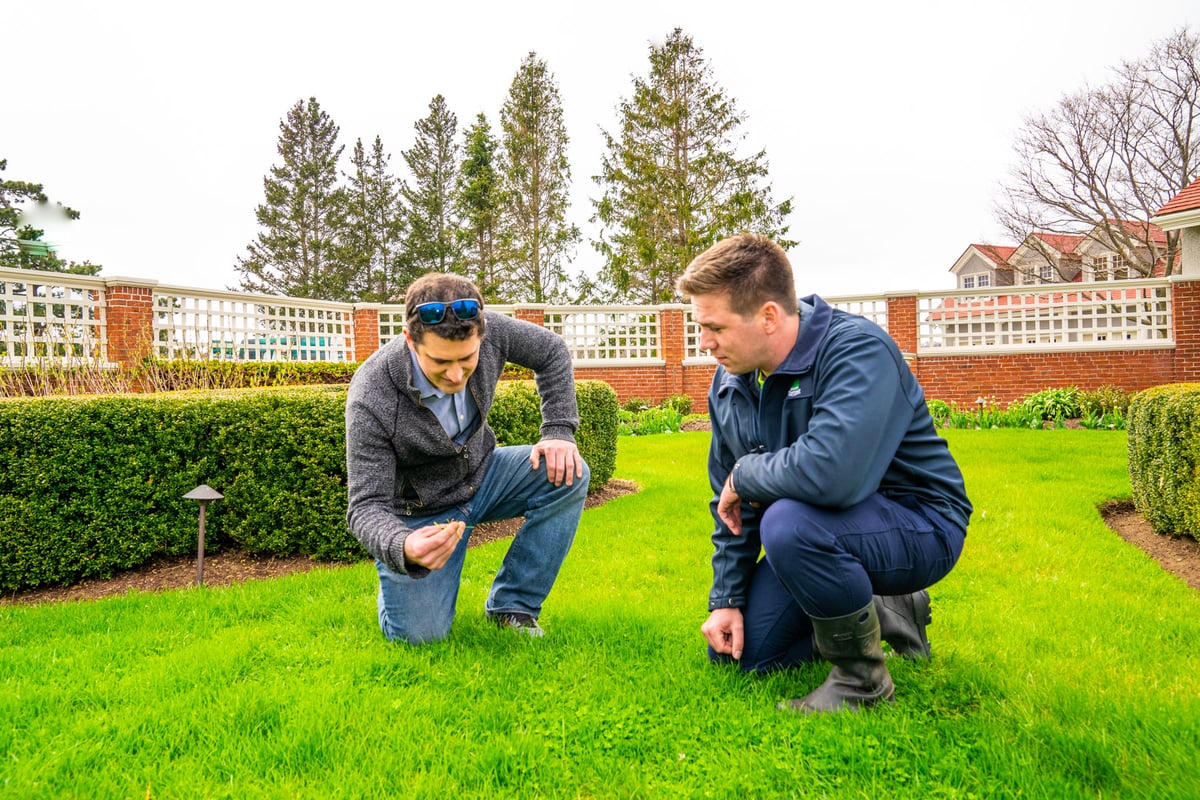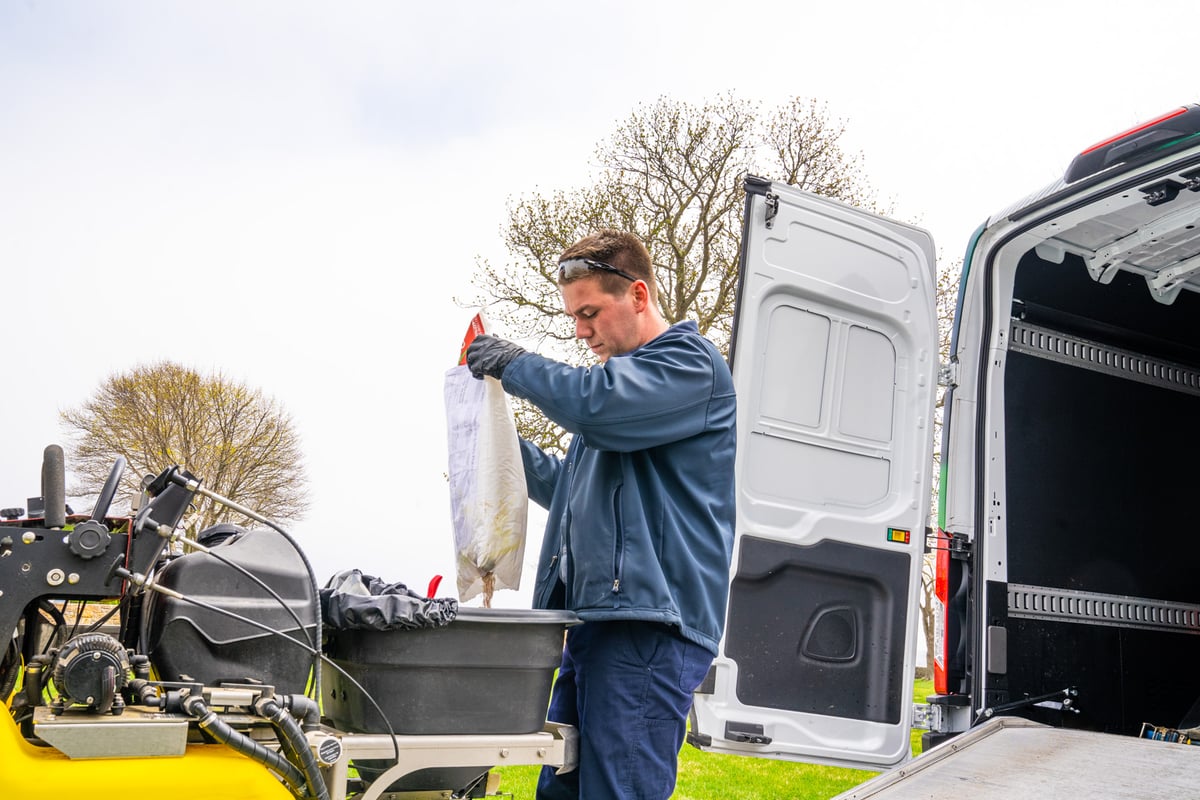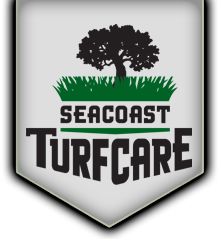
Dollar Spot Fungus: Identification, Causes, & Treatment
When it comes to your lush and healthy lawn, lawn diseases can be a major source of frustration. Unfortunately, here in New England, our weather is conducive to lawn fungal problems. Lawn fungus loves moisture, and here in the seacoast region, we have plenty of that.
One lawn fungus that tends to thrive in our region is dollar spot fungus.
In this article, we’ll talk about dollar spot lawn disease including what you should do if you suspect you have it. We want to help you make the best decisions for your lawn.
What is Dollar Spot Lawn Fungus?
There are many different lawn diseases out there, most of them caused by lawn fungus. Three of the more common ones in our region are red thread, brown patch, and dollar spot lawn disease.
Different lawn diseases are caused by different fungi. In the case of dollar spot, it is caused by the fungus Clarireedia jacksonii.
What Does Dollar Spot Lawn Fungus Look Like?
As you might have guessed, this lawn disease gets its name from its appearance. With dollar spot lawn disease, you’ll find greenish/yellow lesions that grow on the grass resembling a silver dollar.

These lesions start around the size of a silver dollar, but they can definitely grow larger (particularly as they grow together). This can unfortunately produce larger areas of dead turf.
It’s also common to notice a brown border around the spot.
What Time of Year is Dollar Spot Common in New England?
This is a fungus that tends to appear during moderate-temperature weather. It will generally show up when temperatures are between 60 and 80 degrees. For that reason, it might first start appearing in the spring. But it can also occur on cool nights in the summer that follow warm days.

Sometimes, dollar spot is mistaken for brown patch disease, which is another lawn disease that gets its name from its appearance.
Brown patch disease shows up as brown spots on the lawn. But unlike dollar spot, this disease attacks on the hottest days, usually later in the summer.
How to Get Rid of Dollar Spot Fungus?
We know that New England lawn diseases can quickly wreak havoc on an otherwise healthy lawn. Even if you do “everything right,” your lawn could still end up getting a lawn disease simply because the conditions are optimal for one to grow. It’s important to remember that even healthy lawns sometimes get lawn disease.
This is why we include lawn disease inspections in all of our lawn care packages. One of the key benefits of having a lawn care professional on your property regularly is that they’ll be able to inspect for early signs of trouble.

There are certainly times when lawn fungus problems will correct themselves. In other words, not ALL signs of lawn disease require treatment. A minor case of fungus might actually clear up on its own if your lawn isn’t really struggling.
However, if you have a severe case and it is spreading, then fungicides might be warranted. A lawn care pro can use commercial-grade products that will help stop fungus growth.
It’s important to keep in mind that these products will not fix grass that has already been damaged. But they will stop the fungus from spreading further in the lawn.
Good cultural practices are also really important.

For instance, because a lawn fungus like dollar spot fungus thrives in wet conditions, you would want to avoid excessive watering. Proper fertilization is also important. You don’t want to over- or under-fertilize as it could impact lawn fungus growth.
These types of cultural habits will also go a long way in preventing lawn fungus in the first place, which we’ll talk about next.
How Can I Prevent Dollar Spot Lawn Fungus?
Good lawn care habits are really important when it comes to promoting a thick and healthy lawn that can better defend itself against disease. That’s because lawn diseases will wreak much more havoc on a lawn that is already struggling.
This includes proper watering and mowing. When you cut your lawn too short, you put it under a tremendous amount of stress, which could make it more prone to disease. Be sure to mow to the proper height and water properly.
It’s important to avoid watering your lawn at night, when the water is just going to sit there. This can lead to the optimal conditions for fungus to grow.
Instead, aim to water in the mornings. This gives the lawn plenty of time to take in water and what’s not used will be evaporated by the sun throughout the day.
Lawn aeration can also play a valuable role in preventing diseases like dollar spot fungus. Aeration helps to improve movement of oxygen, water, and nutrients down to the root zone where they’re needed. Grass will be less prone to disease when it has strong and healthy roots.
A well-aerated lawn will also be less likely to become water-logged, which can also lead to fungal growth.
Fight Back Against Dollar Spot Lawn Fungus with Lawn Care Services
Lawn diseases can be a frustrating lawn problem. But the good news is that you don’t have to deal with it on your own. When you partner with a lawn care professional, they’ll constantly be on the lookout for signs of trouble.
Along with that, they’ll help you grow a healthy lawn that can better defend itself from disease. As we mentioned, lawns are more likely to be ravaged by disease when they are already struggling.
Finding the right lawn care partner can make a world of difference when it comes to preventing lawn diseases from becoming a bigger problem.
At Seacoast Turf, we’re not only looking to deliver the lawn care results you’re after, but we’re also looking to help make life less stressful for you. We provide lawn services in the seacoast region of New Hampshire, Maine, and Northeastern Massachusetts.
By working together, we can help you achieve healthy grass that is not only going to look amazing but will have a better chance of defending itself against problems.
Want to learn more about what makes us a great choice for your lawn care needs? At Seacoast Turf Care, we service NH towns near Stratham, North Hampton, Exeter and many more. Get lawn care pricing for your Southern NH, Southern Maine, or Northeastern Massachusetts property.
Image Source: dollar spot



